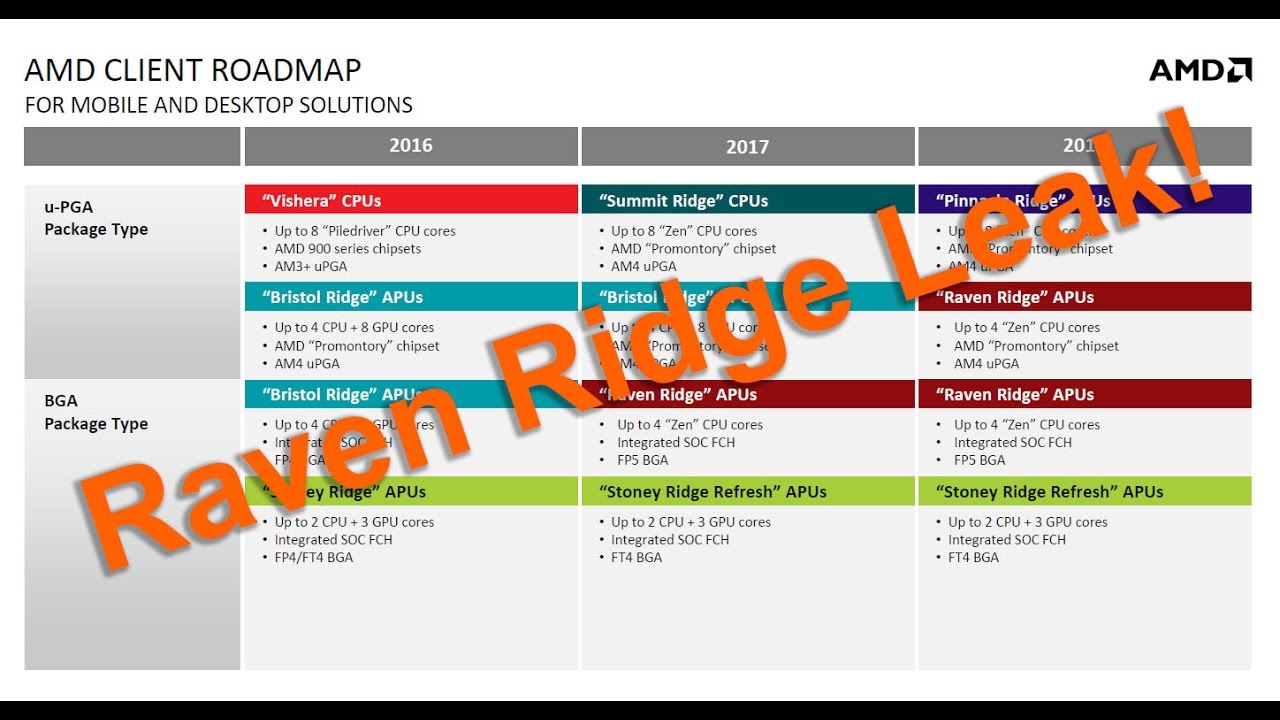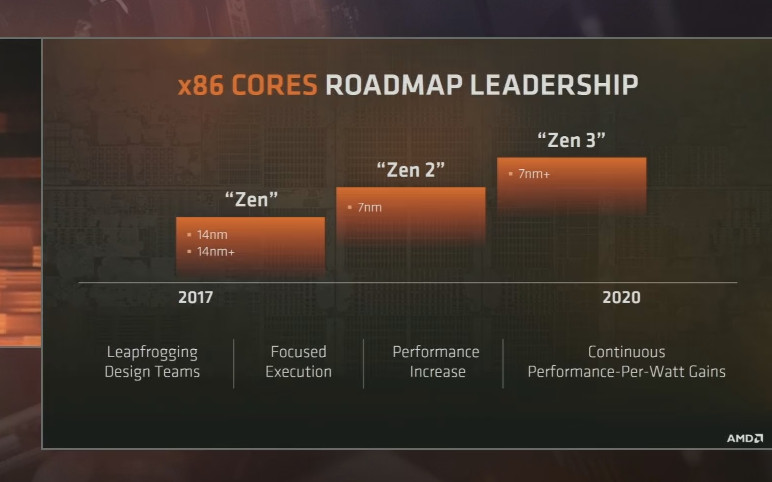8350rocks
Distinguished
juanrga :
jaymc :
@goldstone
It looks like it's going to be Glofo's version of Samsungs faster 14LPX process...
"14+ should be 14LPX, which is Samsung's High Performance version of 14nm... Samsung's nodes always have three iterations, they go 14LPE (Low Power Early), 14LPP (Low Power Plus, what Zen & Vega & Polaris are on now), and then 14LPX (Low Power X which stands for Extra or Extreme not sure).
Think beefier transistors that should allow higher clocks without sacrificing density, so 14LPX should be closer to Intel's 14nm in power and frequency, but Intel probably has a slight density lead still."
It's discussed here:
https://www.reddit.com/r/Amd/comments/6c3567/has_anyone_elaborated_on_14nm_stated_in_the_slide/
This article reckons early next year (actually most do). It should have better clock speeds an better power efficiency... Sounds great ! A lot of sites an forums believe early next year. It's supposed to be a tock (zen+) an then a tick (zen2) die shrink... so it would have to be soon enough. Especially with mounting pressure from Intel's Coffee Lake.
We Shall see I guess:
http://digiworthy.com/2017/05/22/amd-ryzen-refresh-series-zen-2/
It looks like it's going to be Glofo's version of Samsungs faster 14LPX process...
"14+ should be 14LPX, which is Samsung's High Performance version of 14nm... Samsung's nodes always have three iterations, they go 14LPE (Low Power Early), 14LPP (Low Power Plus, what Zen & Vega & Polaris are on now), and then 14LPX (Low Power X which stands for Extra or Extreme not sure).
Think beefier transistors that should allow higher clocks without sacrificing density, so 14LPX should be closer to Intel's 14nm in power and frequency, but Intel probably has a slight density lead still."
It's discussed here:
https://www.reddit.com/r/Amd/comments/6c3567/has_anyone_elaborated_on_14nm_stated_in_the_slide/
This article reckons early next year (actually most do). It should have better clock speeds an better power efficiency... Sounds great ! A lot of sites an forums believe early next year. It's supposed to be a tock (zen+) an then a tick (zen2) die shrink... so it would have to be soon enough. Especially with mounting pressure from Intel's Coffee Lake.
We Shall see I guess:
http://digiworthy.com/2017/05/22/amd-ryzen-refresh-series-zen-2/
zen+ = Zen2
Zen2 is what AMD formely named Zen+.
The more I think about this, the more I believe this is a wise marketing move from AMD. People is now in every forum confused about Zen, Zen+, and Zen2.
Also so far as I know Samsung has not licensed any other process node to Glofo. So far as I know Glofo "14nm+" is another marketing name for the same 14LPP used in Zen.
14nm+ is 14nm HP (IBM node)







